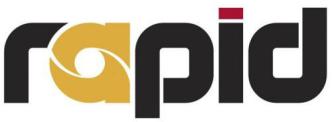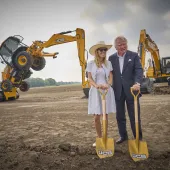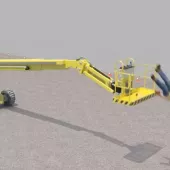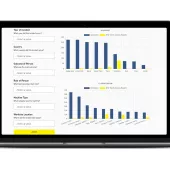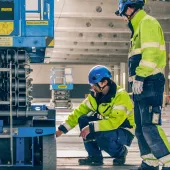Maximize safety: Spread the word
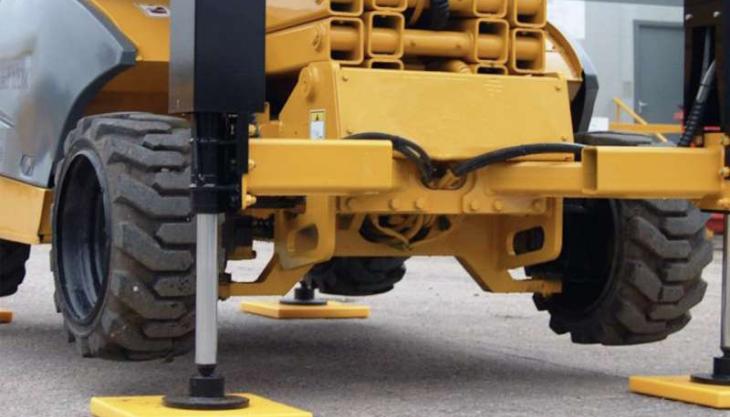
Mentor Training outline the importance of outriggers and spreader plates when using MEWP-type access platforms
IF it is possible and practicable to do so, why is it that some employers still do not comply with health and safety standards and fail to play a part in the drive to reduce the number of accidents that happen on site when operating mobile elevating work platforms (MEWPs)?
According to recent studies by the Health and Safety Executive (HSE), some of the most significant MEWP dangers arise from the misuse of equipment. Major contributing factors that should always be assessed before a MEWP is used include the surrounding environment and the stability of the equipment.
All MEWPs rely on the ground conditions upon which they stand for their stability, so it is crucial that the equipment is set up with outriggers and spreader plates deployed (unless stated otherwise), to maximize stability and reduce potential injury.
It is important to remember that a MEWP fitted with outriggers should always be used in accordance with the manufacturer’s instructions; not all equipment is the same, so it is not correct to assume what may work in one environment or for one piece of equipment will work with another.
The assessment of ground strength can vary from an inspection to a full survey, so a competent and qualified person should be on site to ensure outriggers and spreader plates are used accordingly.
The conditions of the ground that the work is to be carried out on must be assessed in the pre-inspection checks. Outriggers allow a MEWP to be safely stabilized on the ground with the spreader plates used to prevent the equipment sinking into the ground or applying uneven pressure to the ground below.
A paved area may look strong, but the ground beneath may be weak when a heavy vehicle such as a MEWP is placed on top, which is why a competent person must always be available on site to assess the area before work commences.
MEWPs should only be used if the ground is safe. The use of outriggers will not automatically make an unsafe environment safe; they are simply a contributing factor in seeking to achieve maximum stability.
When choosing the right spreader plates for a MEWP, the user should refer to the manufacturer’s manual or contact the manufacturer direct to ensure the right equipment is being used to carry out the work.
As a general rule of thumb, spreader plates should always be used under outriggers to ensure the weight of the MEWP is evenly spread, thereby reducing the pressure on the ground below. The foot of the outrigger should be centred on the plate. If there are dips or hollows in the ground below the plate, these must be filled before a spreader plate is used on top.
Studies from IPAF’s recent ‘Spread the Load’ campaign reveal that up to 80% of a machine’s weight can rest on a single outrigger as the boom rotates over it, thus increasing the risk of an accident if the outrigger is positioned on unstable ground.
For more information on access training or support and guidance on safe working at height, contact Mentor Training on tel: (01246) 386900.


